Hurulu Biosphere
Ideal to see Elephants
Hurulu Biosphere Park is named after the ancient Huruluwewa tank and was declared as a forest reserve in 1942. The total area of the Hurulu Forest Reserve is around 25,000 hectares. The forest is in the dry zone of Sri Lanka with a mixture of evergreen. It was declared as an International Man and Biosphere Reserve in 1977. A stretch of 1000 hectares of land in the reserve was declared opened as an eco-park in 2007 by the Forest Department. In the forest you can spot plenty of elephants, water buffalo and torque macaques. However, sighting are very low of these mammals: loris, wild boar, sloth bear, spotted deer, pangolin, bandicoot rat, porcupine, jackal, leopard, rusty spotted cat, mongoose. The avifauna includes a variety of endemic birds. Endemic birds such as Sri Lankan jungle fowl, spurfowl, blue faced malkoha and rare rufous woodpecker can be observed if you are lucky. Hurulu acts as an important elephant watching site in the dry zone and large elephant herds can be seen from October to May in Hurulu. Unlike most other dry forests, the trees in these dry evergreen forests retain their leaves during the dry season. Flat lands, an abundance of grasslands and minimal human intervention levels have resulted in an ideal place to see elephants.
The Hurulu Biosphere Reserve (also known as Hurulu Forest Reserve) is a significant protected area in Sri Lanka, most famous for its large population of wild Sri Lankan elephants and the safari experience it offers at the adjacent Hurulu Eco Park.
Here is a summary of the key information:
Key Features and Importance
- Designation: It was designated as a UNESCO Man and the Biosphere (MAB) Reserve in January 1977.
- Location: The reserve is located in Sri Lanka’s dry zone, near the town of Habarana, and is part of a larger ecological corridor.
- Ecosystem: It primarily represents the dry-zone dry evergreen forests of Sri Lanka, with a mix of forest, open grasslands, and wetlands.
- Elephant Corridor: Hurulu plays a crucial role as an elephant corridor, connecting it with two other major elephant-watching parks, Minneriya National Park and Kaudulla National Park.
- Wildlife: It is a vital habitat for the Sri Lankan elephant and other endangered species, including:
- Sri Lankan Leopard
- Indian Star Tortoise
- Rusty-spotted Cat
- Sri Lanka Junglefowl
The Elephant Migration
The elephant population in the region is known for its migratory behavior, often referred to as “The Gathering.” The elephants move between the three main protected areas based on the availability of water and food, which is dependent on the seasonal rain:
- July to September: Large groups of elephants are typically found in Minneriya National Park.
- October to November: Elephants often migrate to Kaudulla National Park.
- December to January: The final leg of the migration often sees the elephants moving into the Hurulu Eco Park.
It’s important to note that elephant sightings are possible throughout the year, but their numbers fluctuate based on this seasonal pattern.
Visitor Experience: Hurulu Eco Park
A section of the Hurulu Forest Reserve has been designated as the Hurulu Eco Park, which offers jeep safaris for visitors to see the wild elephants and other wildlife in their natural habitat. Safaris are typically offered in the morning or late afternoon.
Local Hotels

Unsure Where To Start?
Let’s talk about your Earth Trip


Our travel specialists are seasoned explorers with deep local insights. Whether it’s uncovering hidden gems or planning immersive cultural experiences, we design trips that go beyond the ordinary. Get in touch today!
Request A Video MeetingOther Popular Experiences










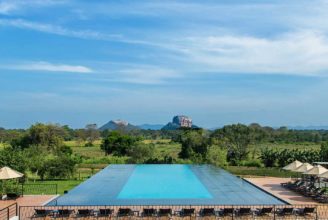
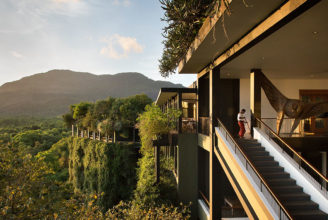
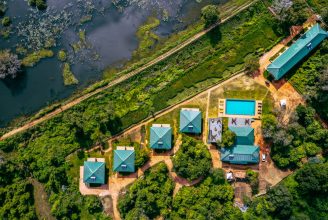
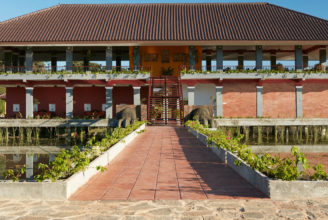
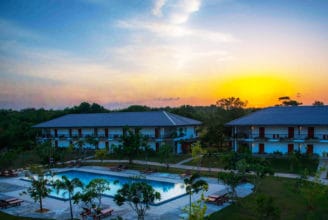

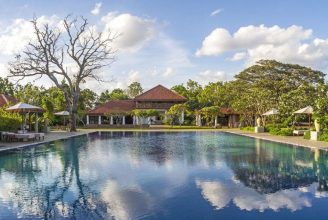
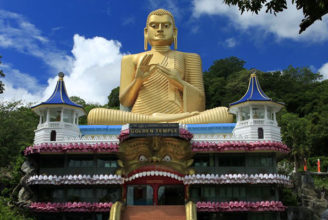
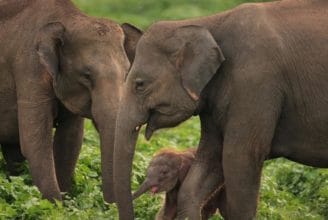
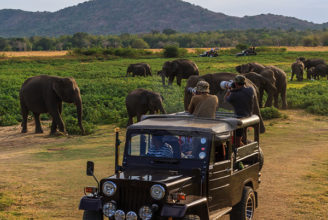
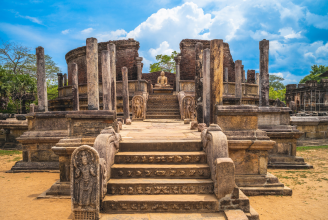
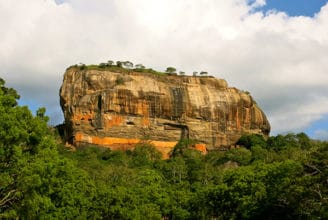
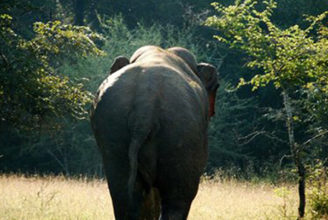
 Hurulu Biosphere
Hurulu Biosphere